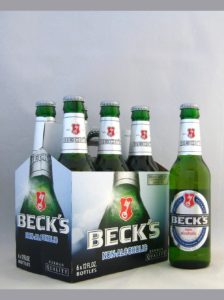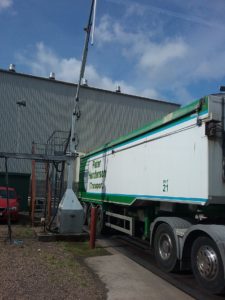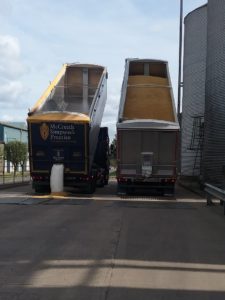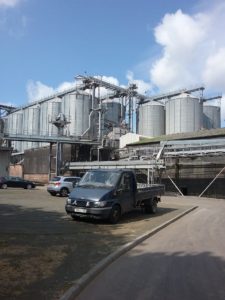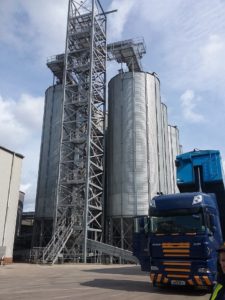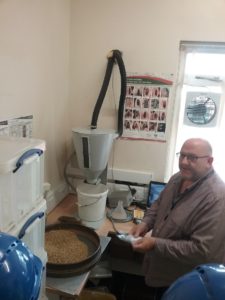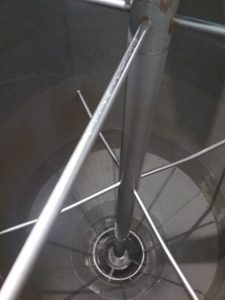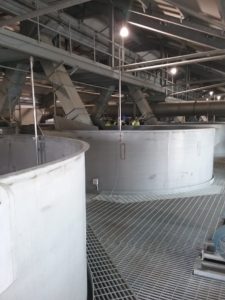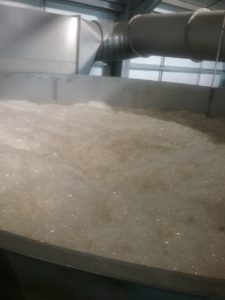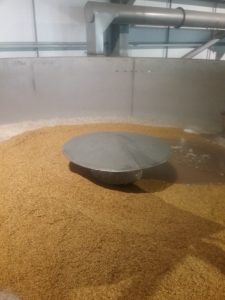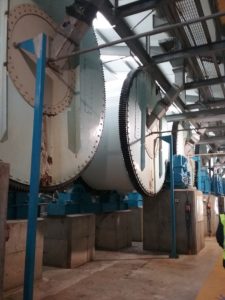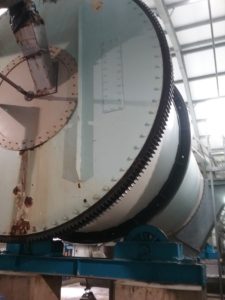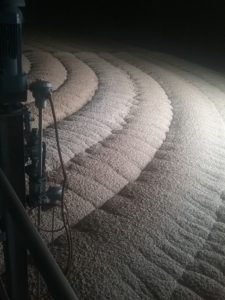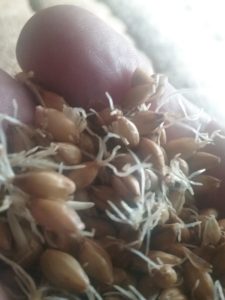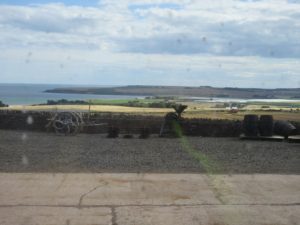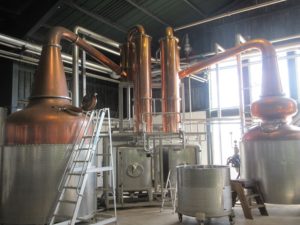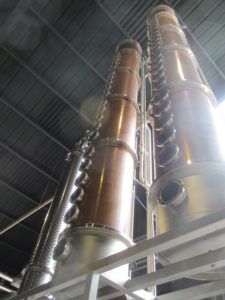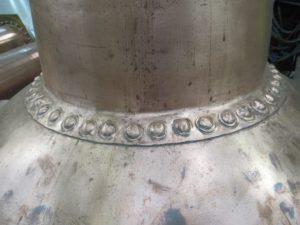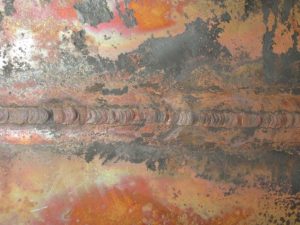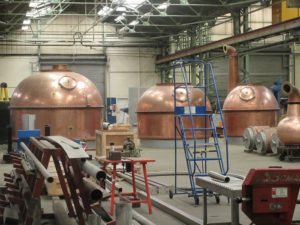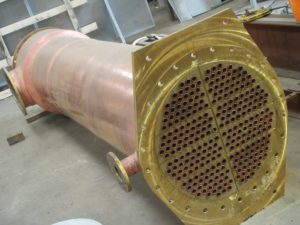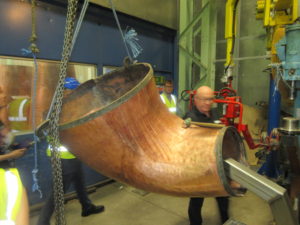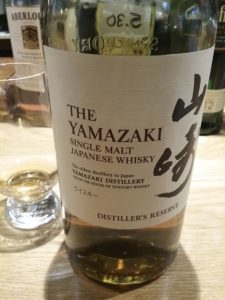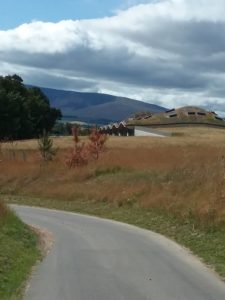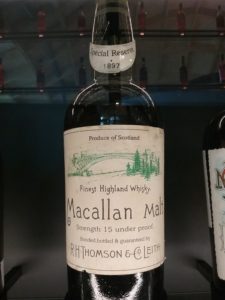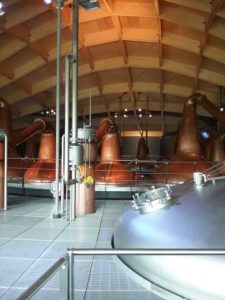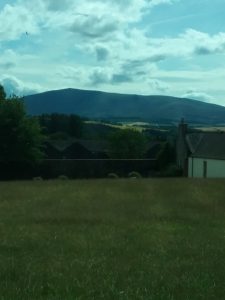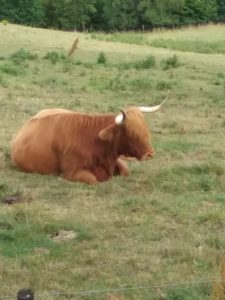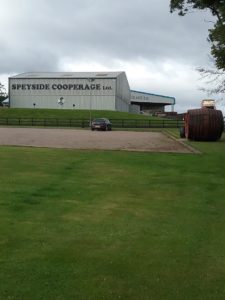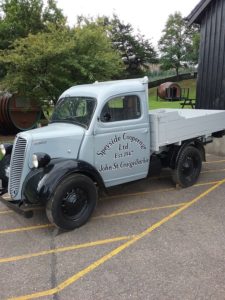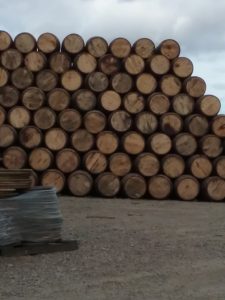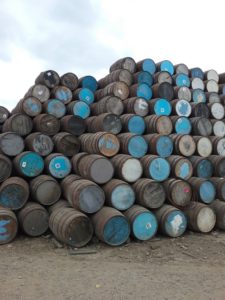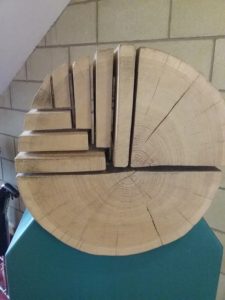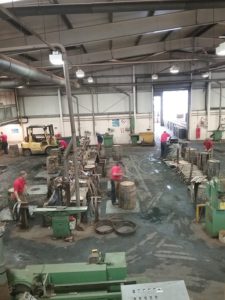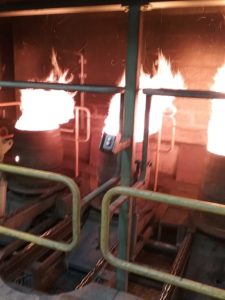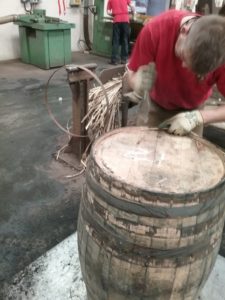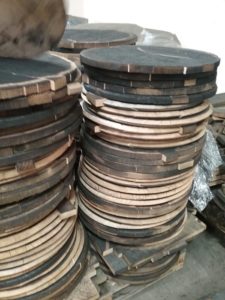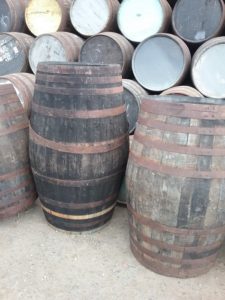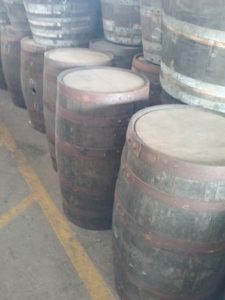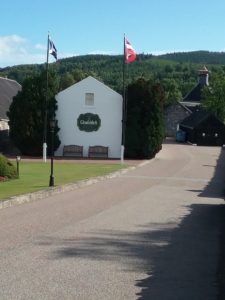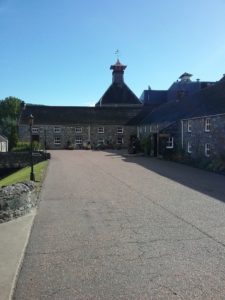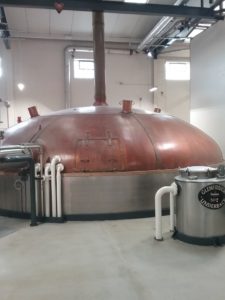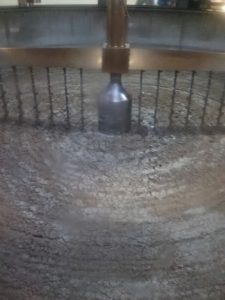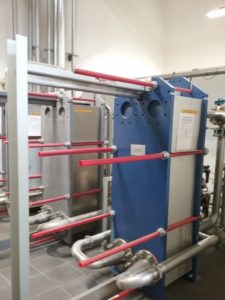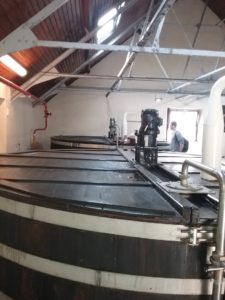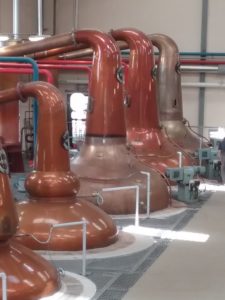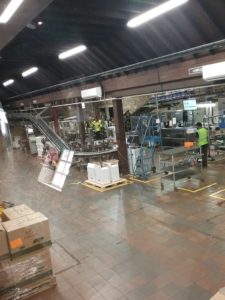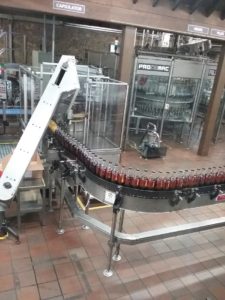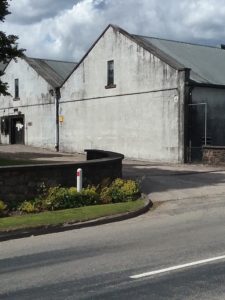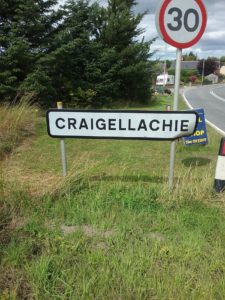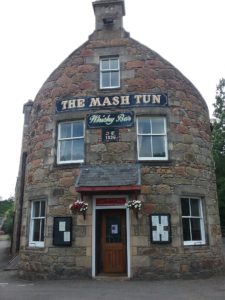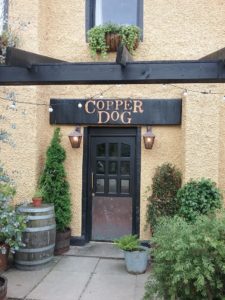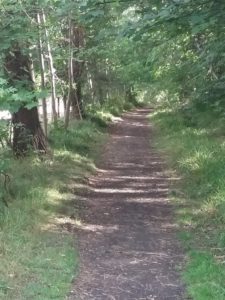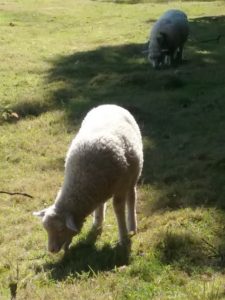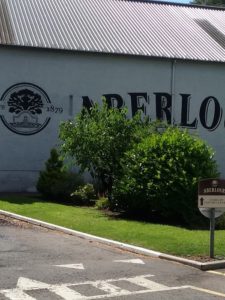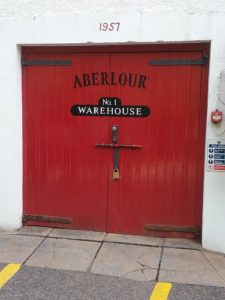This past week-end, I was offered a taste of a recently launched hard seltzer product. What I was offered was some White Claw cherry flavored seltzer.
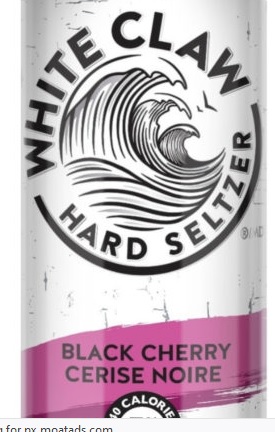
Call me strange, but I was expecting to see a colored liquid emerge from the can into my waiting glass. Instead what I saw was a clear liquid. My thoughts immediately turned to a segment of my Distilling Workshops where I discuss flavored alcoholic beverages. My message to Workshop attendees is to “keep it real”.
There are many vendors across North America that will sell you flavor additives. At one of my Workshops back in 2018 it so happened that the regional sales rep for one of these flavor companies stopped by the Distillery on a routine sales call. He was gracious enough to take 15 minutes to speak to the class. What he emphasized was that there are Natural flavors and Artificial flavors. Natural flavors are extracted from real sources. In other words, a natural cherry flavor derives from real cherries. An artificial flavor is a chemically created substance. What this sales rep told the class next came as a surprise. He pointed out (obviously) that there are natural flavors that contain the color of the source material. He went on to explain that additional flavor (think … terpene type molecules) can be extracted from the source material using chemical solvent type compounds. This additional extract will tend towards being clear. Ever since this startling revelation, I have been very leery of any flavored drink that appears clear. Think about all those (clear) flavored vodkas you see on liquor store shelves. These represent a good example of flavors that are derived using some solvent material. When I ask people if they have ever had these flavored vodka products, the observation leans heavily to the ‘cloying’ sensation left in one’s mouth. This is no doubt due to the remnants of the solvent extract.
As I raised to the glass of White Claw to my mouth, I commented to my host that there was a very strong cherry aroma emanating from my glass. As I took a sip of the liquid, the cherry flavor was also very much present. But, then it hit me. That sickly, cloying sensation that made my taste buds scream – “one of these will be enough, thanks!”. And in fact, it was a struggle for me to finish drinking the contents of my glass. At one point, the thought of dumping the contents down the sink even crossed my mind.
White Claw is the brainchild of beverage giant Mark Anthony Group. Think Mike’s Hard Lemonade…. I am shocked at the decision to resort to a clear color format. Surely the calorie count and other metrics demanded by the demographic pursuing these seltzers could still largely have been adhered to by adding some natural type flavor that contained the color of the source material. In my mind, this display of color would have added to the marketing sensation of the product, AND steered the profile away from the cloying sensation.
I plan to now include a sampling of White Claw products in future Workshops to firmly illustrate much of what I have mentioned in this blog post. Meanwhile, this recent experience has heightened my resolve to AVOID clear, flavored alcoholic beverage products.

